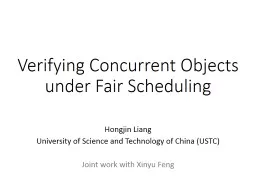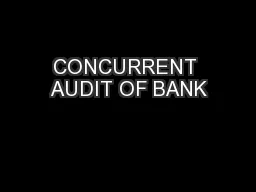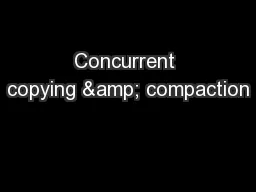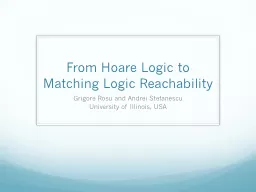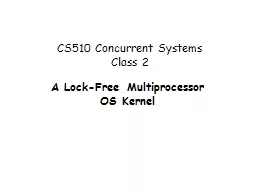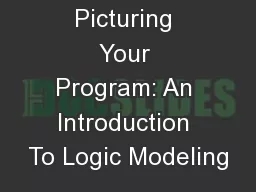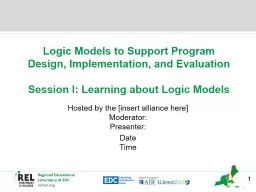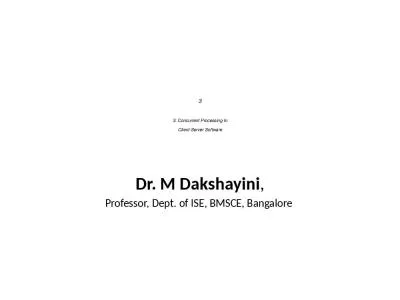PPT-A Program Logic for Concurrent Objects under Fair Scheduling
Author : narrativers | Published Date : 2020-08-03
Hongjin Liang and Xinyu Feng University of Science and Technology of China USTC push7 x pop push6 Client code C java util concurrent void push
Presentation Embed Code
Download Presentation
Download Presentation The PPT/PDF document "A Program Logic for Concurrent Objects u..." is the property of its rightful owner. Permission is granted to download and print the materials on this website for personal, non-commercial use only, and to display it on your personal computer provided you do not modify the materials and that you retain all copyright notices contained in the materials. By downloading content from our website, you accept the terms of this agreement.
A Program Logic for Concurrent Objects under Fair Scheduling: Transcript
Download Rules Of Document
"A Program Logic for Concurrent Objects under Fair Scheduling"The content belongs to its owner. You may download and print it for personal use, without modification, and keep all copyright notices. By downloading, you agree to these terms.
Related Documents

